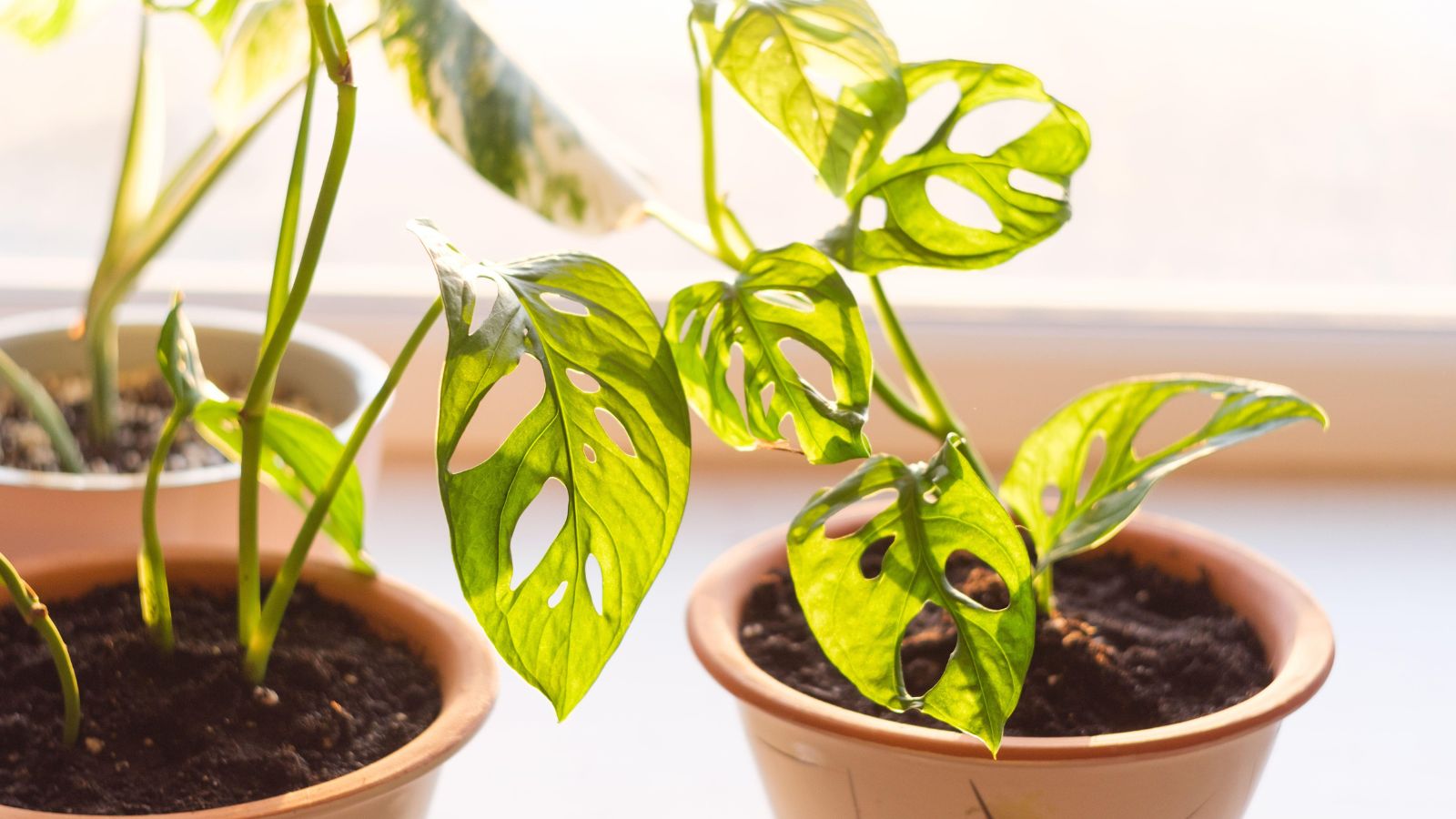
People add plants into their homes for all sorts of reasons: injecting color, bringing the outside in, seeking to reap the benefits of plants, or seeking to create a calming, meditative space.
With endless plant choices, it can be hard to know which of the best indoor plants to pick. But if you're looking for something aesthetically incredible, opting for a plant with holes in its leaves is sure to hit the mark.
There aren't too many plants with natural holes in their leaves but this guide will give you insight into some of the options. Monstera plants are a particularly popular choice, and monstera care isn't too difficult either.
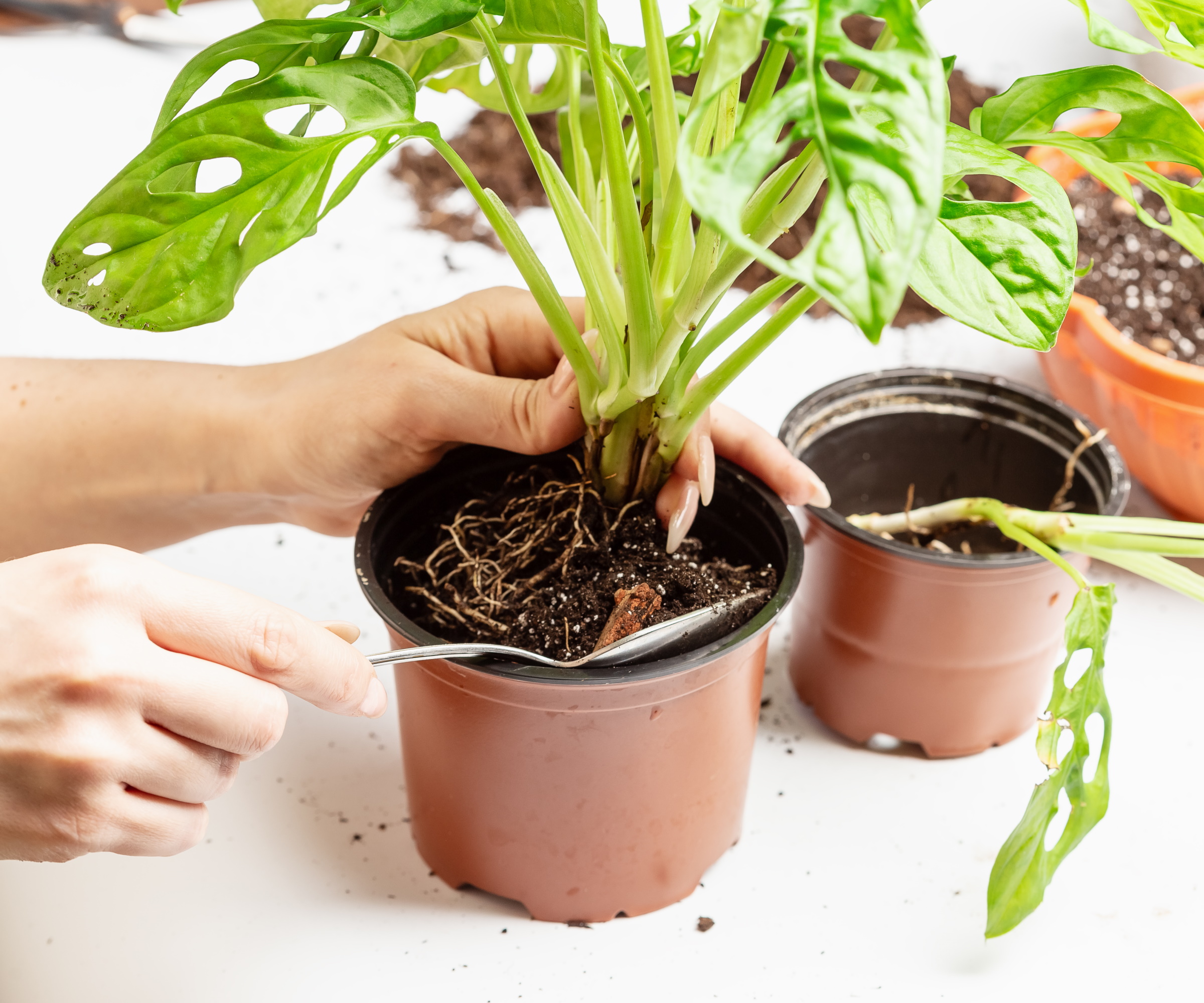
4 plants with natural holes in their leaves
The following four plants are sure to add something unusual and exciting to your space. Wherever you grow indoor plants, in the kitchen, bedroom or bathroom, these plants will add a touch of brilliance to your indoor jungle.
1. Mini Monstera
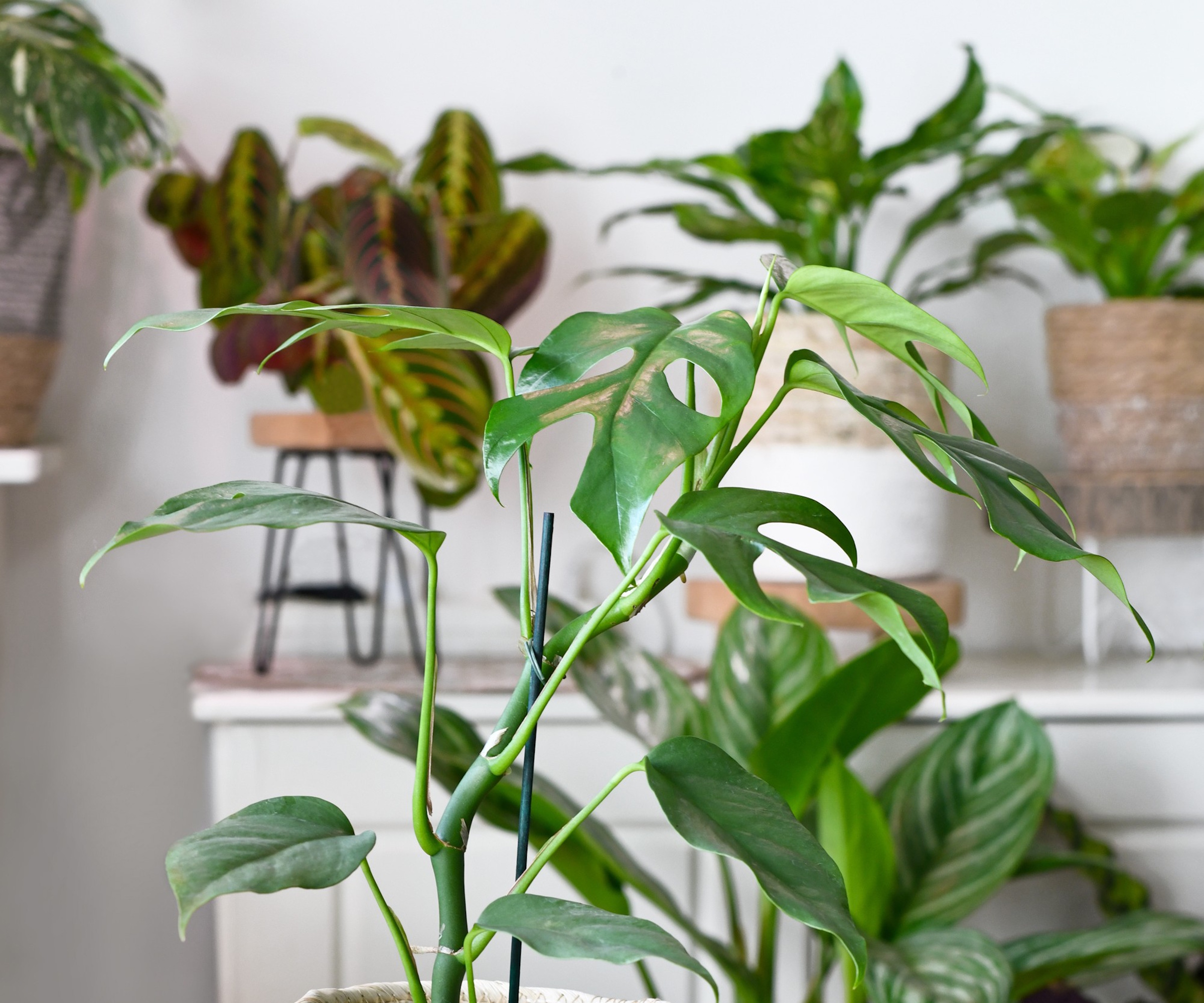
The mini monstera, or Rhaphidophora tetrasperma, is well-liked for its unique leaves and smaller stature compared to other monstera varieties. Fitting perfectly into a household to add visual interest or in a corner of an apartment lacking greenery, a mini monstera mostly requires good lighting to thrive and reach its peak of eight feet tall.
Jessica Mercer, senior content marketing coordinator and plant expert at Plant Addicts, says: 'Mini monstera prefer bright, indirect light and will struggle in low light conditions. Well-drained, slightly acidic soil in organic matter will also really help this plant, as well as decent levels of humidity.'
To help your mini monstera achieve its optimal climate, you can invest in a grow light such as the SANSI grow light for indoor plants from Amazon, ideal to clip onto a nearby shelf, as well as the fertilome soil acidifier from Amazon which will alter the PH of your monstera's potting mix.
A monstera plant typically enjoys soil acidity levels between 5.5 and 7, which you can read using a device such as the 4-in-1 soil meter from Amazon. This tool will tell you all about your soil's PH as well as its moisture levels and intensity of sunlight.
Ideal humidity levels can be accomplished through the addition of a small humidifier in your plant's space, such as the small green humidifier for indoor plants from Amazon.
2. Madagascar Laceleaf
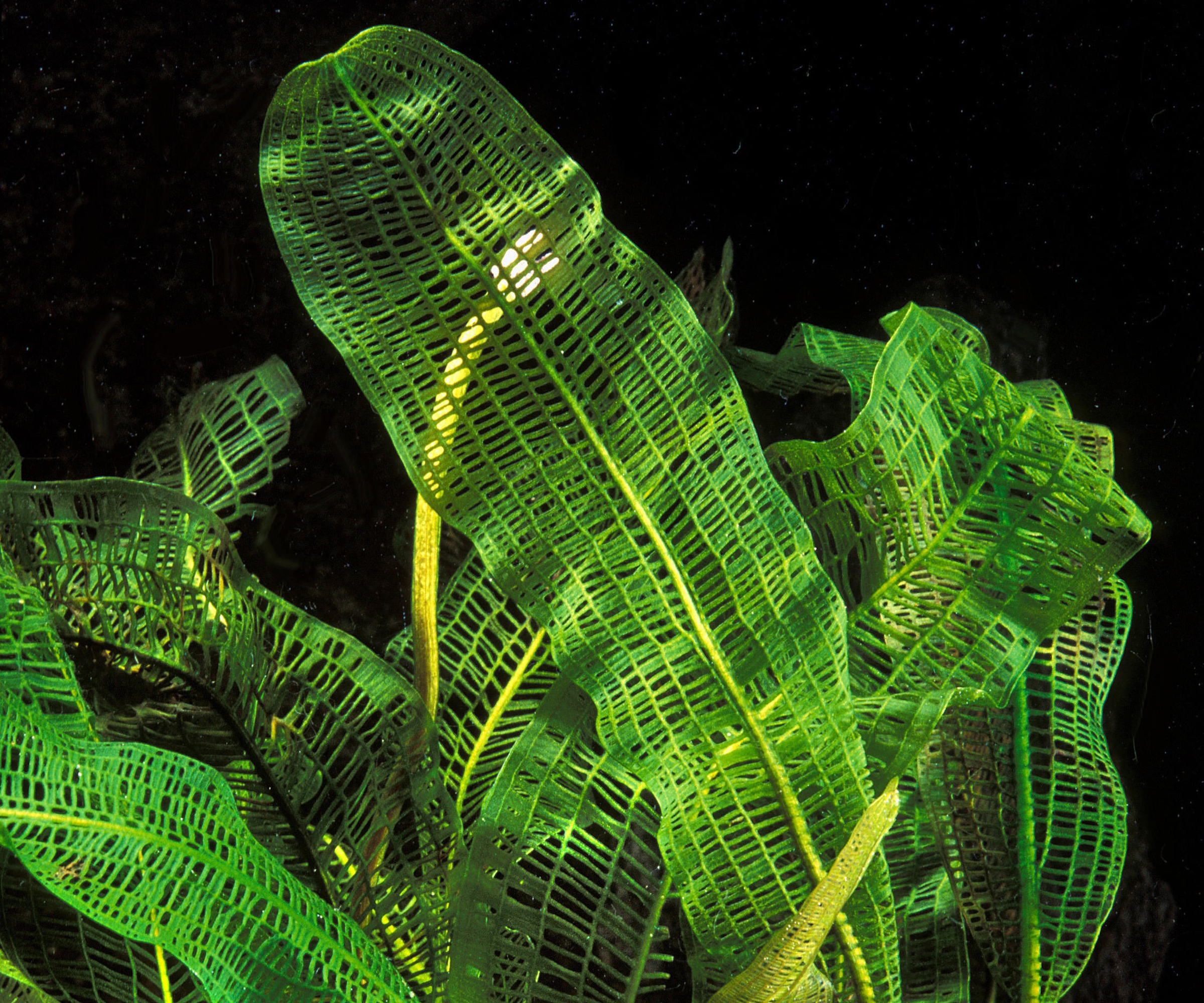
The leaves of a Madagascar laceleaf plant, Aponogeton madagascariensis, are like a finely woven mesh, or lace, interlocking and weaving to create the silhouette of a leaf in a fine form. Looking beautiful in the light, the composition of a Madagascar laceleaf plant is incredibly delicate, but only found underwater.
Calvin Li, owner of PAFE Plants, says, 'The Madagascar laceleaf is an aquatic plant that would make a fascinating addition to your aquarium. It has a grid of orderly fenestrations, like windows in a skyscraper. It almost looks like the skeleton of a leaf, but we prefer the lace reference because it's so pretty.'
Whether you keep an aquarium filled with fish or one purely to admire underwater greenery, it's necessary to keep your aquatic plants in the correct climate.
'A laceleaf lives best in medium to high light and temperatures around 80°F (26°C),' says Calvin. 'Your aquatic tank will also require adequate water circulation.'
To ensure your tank's temperature and circulation are where they should be, make sure to check your air filtration system regularly for blockages and invest in a temperature gauge for your tank.
My mom has used a temperature strip like the LLC liquid crystal aquarium thermometer from Amazon for years and it's worked well.
3. Swiss Cheese Plant
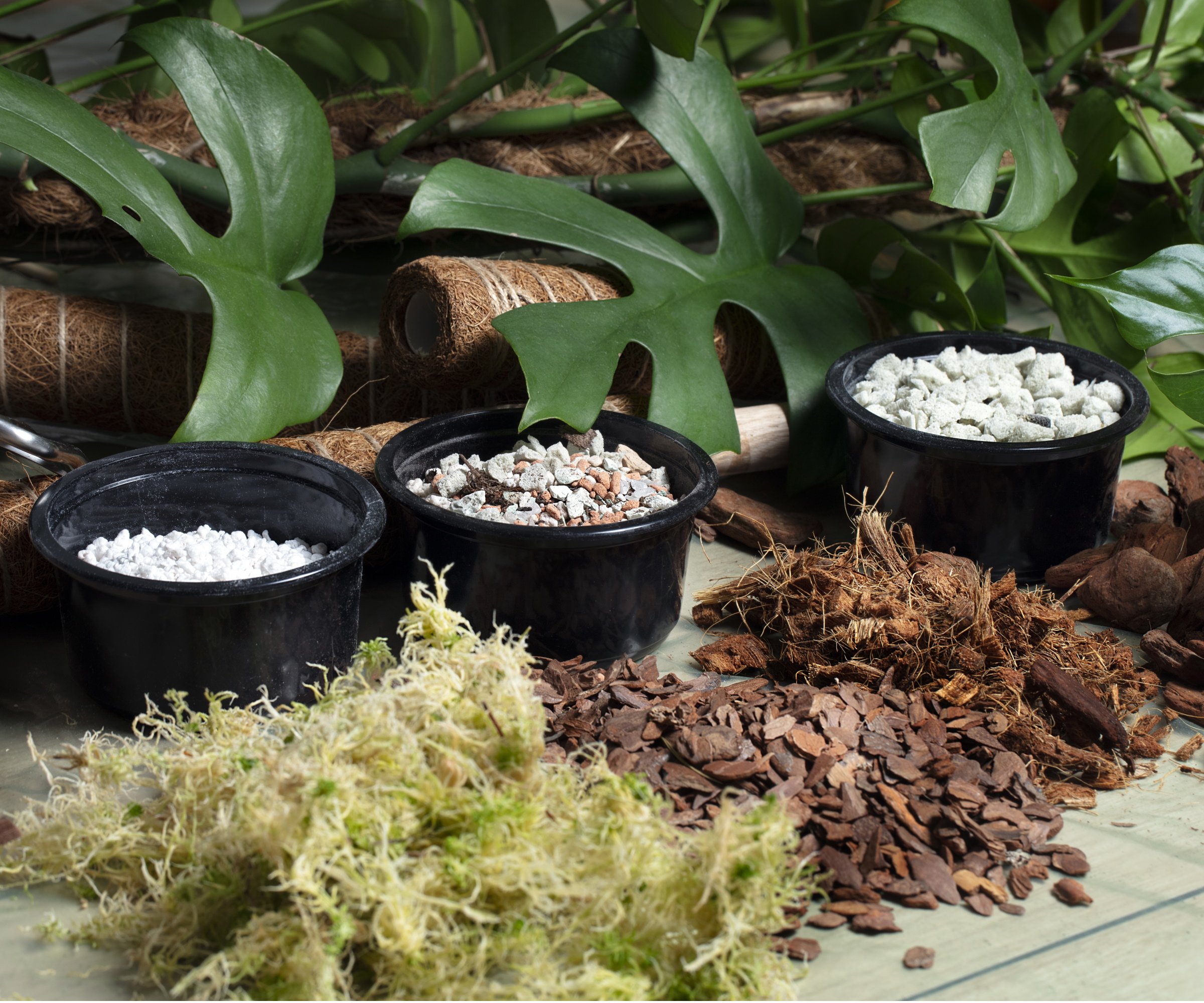
If you've ever seen a plant with natural holes and/or deeply lobed leaves, it was likely a Swiss cheese plant. Otherwise known as a monstera deliciosa, the Swiss cheese plant is one of the most popular members of the monstera family, loving warm, humid conditions and frequent indirect sunlight.
Andrew Bunting, vice president of horticulture at the Pennsylvania Horticultural Society, says: 'The deep lobes and fenestrate broad leaves create a “Swiss cheese” look. This bold textured houseplant creates a noticeable architectural feature for the home or conservatory, hence why it's so popular. It's even featured in several well-loved paintings if you research it.'
This plant would look amazing and grow healthily near a patio or by a tall window. However, be careful not to place your Swiss cheese plant by a window that's exposed to too much sunlight, otherwise your plant risks burning.
It's also necessary to prune your monstera plant to help prevent its long frame from making contact with scorching hot window panes.
Monstera plants are available from Walmart.
4. Monstera Obliqua 'Peru'
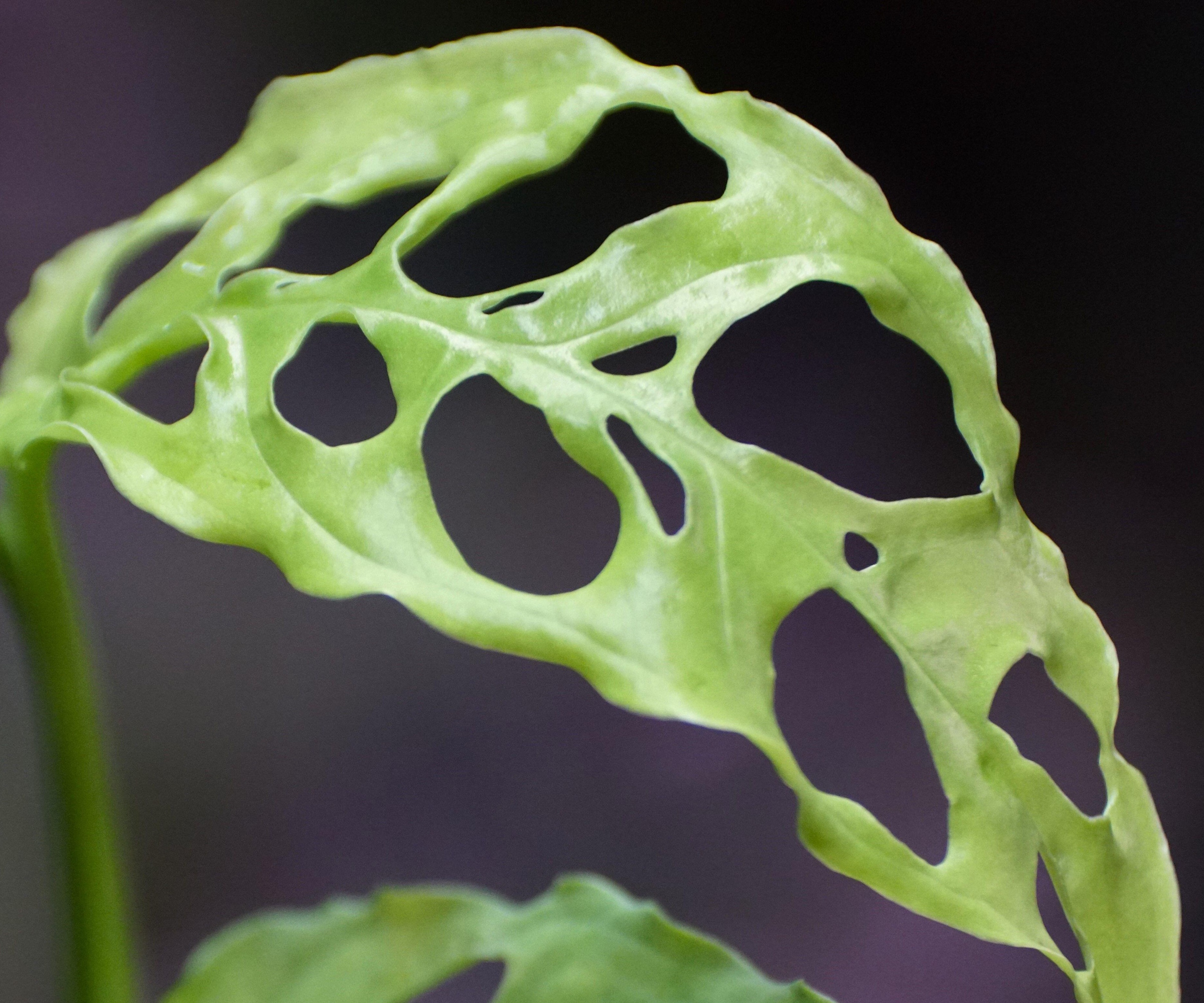
The Monstera obliqua 'Peru' plant is a rare variety in the Monstera family. Its leaves are more open space than leaf, with large fenestrations. This makes the plant structurally abstract in an astounding way, but as a byproduct, it's incredibly delicate.
'It's rare to encounter a plant this cool, but with this rarity comes fussiness about the conditions it needs to be kept in,' says Calvin. 'To thrive, this plant will need high humidity. High as in 80 percent or even higher.'
A monstera obliqua might not be for everyone but if you wish to keep some, it's recommended to grow them in a greenhouse or to make a terrarium.
Calvin continues to detail more of the particular care needs of this fussy plant: 'Bright indirect light is this plant's preference, at least 7 hours per day. Water it once a week, but make sure an inch or two of topsoil is dry first. Monstera obliqua like moist soil, but will struggle to withstand root rot.'
Keeping a thermometer in your greenhouse or terrarium area, ensuring it enjoys consistent temperatures of around 77°F (25°C) is recommended. This may be hotter than you'd like your home to feel, so for many, a greenhouse is the best choice.
If you have a small yard or don't wish to invest in a large greenhouse for your monstera obliqua, the outsunny mini portable greenhouse from Target is a great choice. Housing very few plants (though more depending on each plant's size), this beginner-friendly greenhouse will help your sun-loving plants get all the light and humidity they need to thrive.
FAQs
What if other plants I own have holes in their leaves?
If you're finding holes in the leaves of other plants you own, they may not be naturally occurring. It's important to do your research and, if the holes aren't natural, figure out the ailment impacting your greenery.
Ofra Gaito, CEO of Verdant Lyfe plant shop, says: 'The most common reasons for a plant's leaves to develop holes are associated with nutrient deficiency, the air being too hot and dry, or insects chewing the leaves. If your plant is receiving inadequate levels of light, holes can also form.'
If you're looking for more plants to accompany interesting varieties like the Monstera obliqua in a terrarium, we've compiled a guide to the best terrarium plants, providing insight on ten varieties destined to thrive in warm temperatures.







